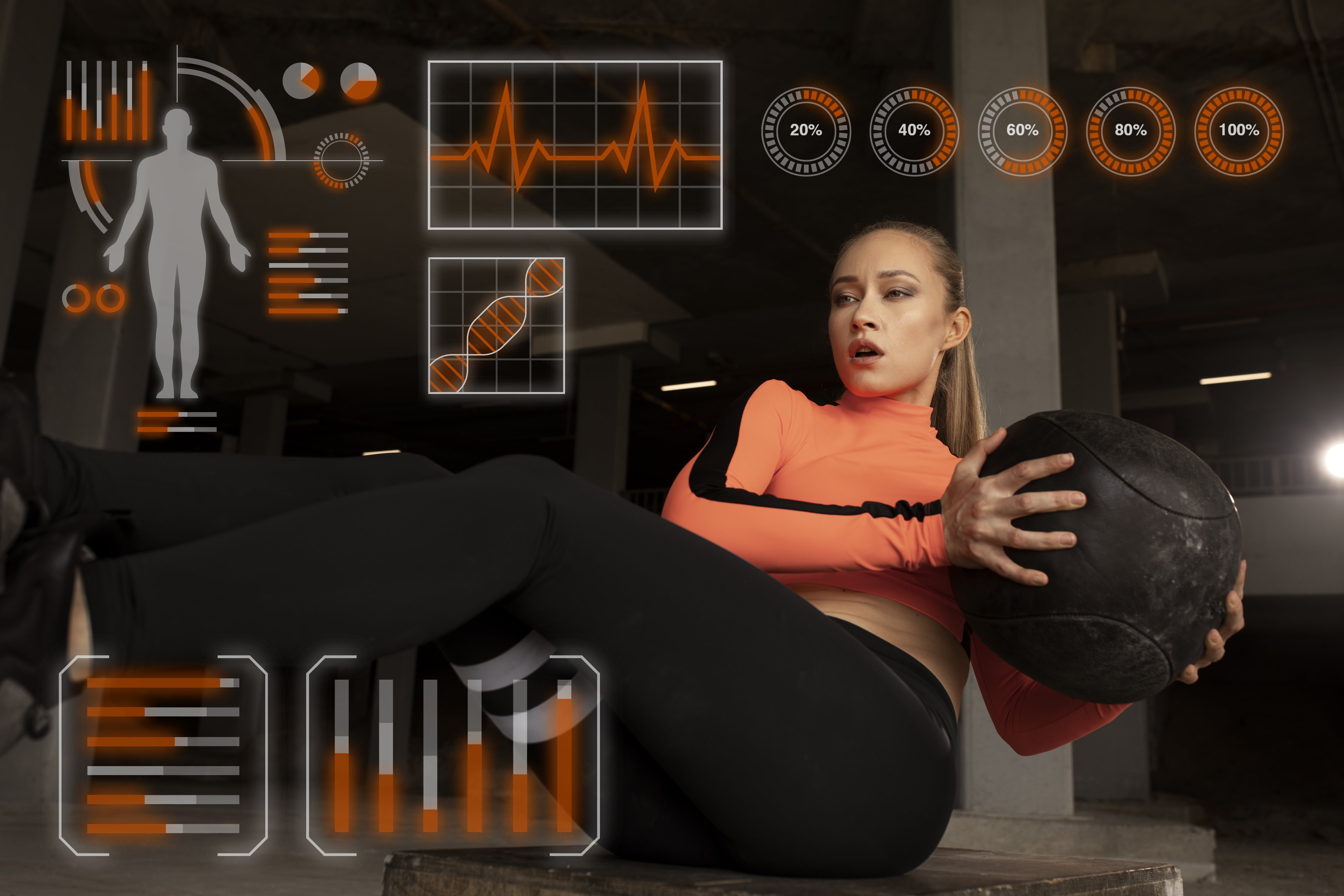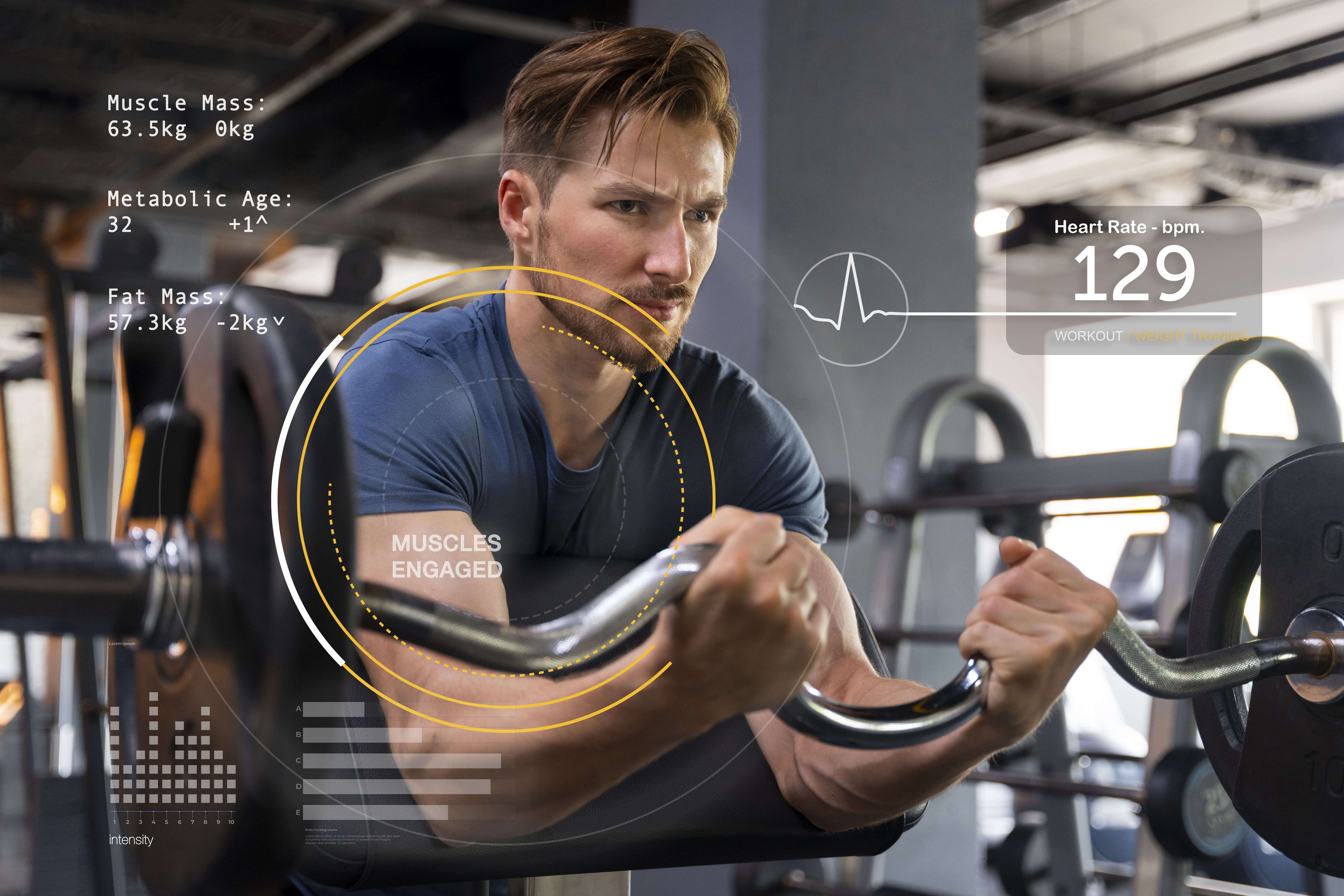Using Client Data & Metrics to Improve Training Programs

In today’s fitness world, intuition alone isn’t enough to create effective training programs. Data-driven coaching is becoming the gold standard for personal trainers, wellness coaches, and nutritionists who want to deliver consistent, measurable results. By tracking client data and analyzing metrics, trainers can tailor programs to individual needs, monitor progress in real-time, and make smarter adjustments along the way.
At Betr Fit, we believe that data isn’t just numbers—it’s the key to unlocking peak performance and sustainable transformations. Let’s explore how using client data and metrics can elevate your training approach.
Why Data Matters in Fitness Coaching
Relying on “one-size-fits-all” training is no longer enough. Every client has unique goals, body compositions, and lifestyles. Data allows coaches to:.
- Personalize Programs – Create training plans that match a client’s fitness level, goals, and recovery needs.
- Track Progress Accurately – Instead of guessing, coaches can measure real improvements in strength, endurance, weight loss, or body composition.
- Increase Client Accountability – Data gives clients a clear picture of their journey, helping them stay motivated.
- Optimize Adjustments – Metrics show when to increase intensity, add recovery days, or modify nutrition.
Key Metrics to Track for Better Training Programs
To improve results, coaches should focus on metrics that reveal both performance and lifestyle patterns. Some essential ones include:
1. Body Composition
Tracking fat percentage, lean muscle mass, and overall weight helps coaches assess physical changes beyond the scale.
2. Performance Metrics
Reps, sets, maximum lifts, running times, or endurance levels are direct indicators of strength and stamina improvements.
3. Workout Attendance
Monitoring session attendance and consistency highlights patterns of discipline and areas where motivation may need a boost.
4. Nutrition & Recovery
Calories, macronutrient intake, sleep hours, and recovery rates ensure that training is supported by lifestyle habits.
5. Client Feedback
Subjective data—like energy levels, perceived exertion, and mood—provides context to the hard numbers.
How Data Improves Training Adjustments
Data isn’t just for tracking—it’s for action. Here’s how coaches can use metrics to refine programs:
- Spotting Plateaus – When progress stalls, data helps identify whether the issue is intensity, volume, or recovery.
- Preventing Overtraining – Tracking heart rate variability and recovery metrics ensures clients don’t burn out.
- Boosting Motivation – Visual progress charts can keep clients engaged and committed.
- Customizing Recovery – Adjusting workouts based on sleep and stress data helps prevent injury and improves results.
Tools That Make Data Tracking Easier
Thanks to technology, data collection has never been more seamless. Tools like:
- Wearables (smartwatches, heart-rate monitors, fitness trackers)
- Fitness Apps (nutrition logs, training trackers)
- Betr Fit Coaching Software – gives coaches one dashboard to track performance, nutrition, and progress in real-time.
With integrated data, coaches can spend less time guessing and more time coaching effectively.
The Bigger Picture: Data Builds Trust & Results
At the end of the day, clients come to trainers for results—and data provides proof. When clients see numbers backing their progress, trust in the process grows. Coaches who use metrics not only deliver better transformations but also strengthen client relationships and retention.
Conclusion
Using client data and metrics isn’t about making fitness complicated—it’s about making it smarter. By embracing data-driven training, coaches can personalize programs, track progress with precision, and deliver the kind of results that keep clients coming back.
At Betr Fit, we empower coaches with tools to collect, analyze, and act on client data so they can focus on what they do best: transforming lives.








